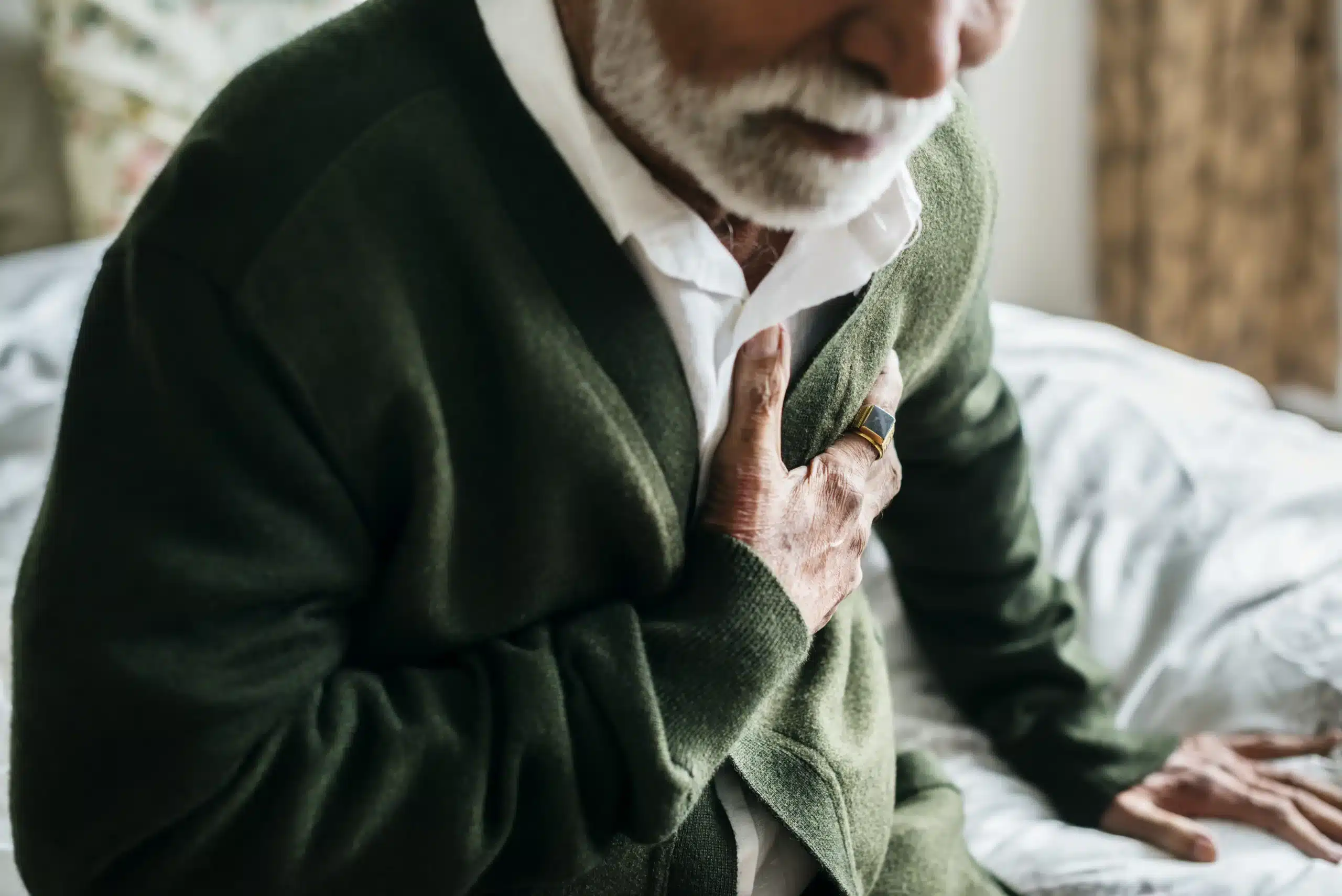When a life is on the line, every second matters. Cardiopulmonary Resuscitation (CPR), a straightforward yet essential technique, stands as a vital skill for healthcare professionals and everyday citizens alike. CPR restores blood flow and oxygen to the brain and other organs during emergencies like cardiac arrest or respiratory failure, bridging the gap until advanced medical care arrives.
From hospitals to kitchens, CPR is a lifesaving intervention that no one should overlook. This guide details its importance, history, and practical applications so you can better understand its significance—and take the next step toward becoming CPR-certified yourself.
Key Takeaways
- CPR saves lives. Immediate action can double or triple survival rates during cardiac arrests.
- Training is accessible. Certification courses like those offered by Safety Training Seminars make it easy to learn and stay updated.
- Anyone can do it. You don’t need medical expertise to make a critical difference.
What Is CPR and Its Role in Healthcare?
Definition of CPR
CPR, or cardiopulmonary resuscitation, is a lifesaving technique that uses manual chest compressions and rescue breaths to maintain oxygenation and circulation when the heart or lungs fail.
How CPR Works
- Chest Compressions keep blood flowing to critical organs like the brain.
- Rescue Breaths supply oxygen to the lungs.
The end goal? Prevent brain death and increase the odds of survival until emergency responders take over.
Universal Applicability
Whether used in a hospital, on a sports field, or at home, CPR applies to scenarios ranging from drowning incidents to sudden cardiac arrests. Its broad relevance makes it indispensable across all aspects of healthcare.
A Brief History of CPR
From Discovery to Modern Application
- 1740s: Mouth-to-mouth resuscitation first documented as a treatment for drowning.
- 1950s: Introduction of closed-chest cardiac massage and modern mouth-to-mouth.
- 1960s: The American Heart Association (AHA) develops formal CPR training guidelines.
Evolution Over Time
Advances in research continually refine CPR methods. For example, hands-only CPR—introduced in the early 2000s—simplified the process, encouraging more bystanders to act without fear of performing rescue breaths incorrectly.
Why CPR Saves Lives
Cardiac Arrest Statistics Speak Volumes
The statistics are sobering:
- About 350,000 out-of-hospital cardiac arrests (OHCA) occur annually in the U.S.
- Nearly 70% of these happen at home.
When bystanders perform immediate CPR, survival rates can double or even triple, showing just how crucial this act is.
Chain of Survival
CPR serves as a critical link in the “chain of survival,” which includes recognizing cardiac arrest, initiating early defibrillation, and providing advanced life support (ALS). Without CPR, other actions in the chain become moot.
Empowering Bystanders
Contrary to popular belief, CPR is not exclusive to healthcare professionals. Ordinary individuals trained in CPR can—and frequently do—save lives.
The Role of Healthcare Professionals in CPR
The First Line of Defense in Emergencies
Healthcare providers are expected to master CPR techniques, given their position on the front lines. This includes performing CPR not just in emergencies but also training others to do so.
Critical Training for Healthcare Workers
To ensure effectiveness, healthcare professionals must regularly update their CPR certifications through programs like Basic Life Support (BLS) and Advanced Cardiovascular Life Support (ACLS).
Who Needs CPR Certification in Healthcare?
- Nurses and EMTs perform CPR daily in critical scenarios.
- Hospital Administrators may need certification to manage emergency response protocols.
- Physicians rely on CPR knowledge to lead resuscitation teams effectively.
How to Get CPR-Certified
Steps for Certification
- Find a Certified Course through recognized organizations like the American Heart Association or Safety Training Seminars.
- Complete Online or Hands-On Training, depending on your availability.
- Pass the Assessment to receive your certification.
Certification Types
- Basic Life Support (BLS): Designed for healthcare providers.
- CPR and First Aid: Ideal for the general public.
- Advanced Life Support (ACLS, PALS): Significant for advanced professionals.
Where to Start
Safety Training Seminars is offering AHA-certified courses in San Leandro such as CPR & First Aid, Basic Life Support (BLS), Advanced Cardiac Life Support (ACLS), and Pediatric Advanced Life Support (PALS).
Busting Myths About CPR
The idea of performing CPR can be daunting, especially if you have never been certified or trained in it before. However, there are many myths and misconceptions surrounding CPR that may prevent people from taking action in an emergency situation. Here are some common myths and the truth behind them:
“I need formal training to perform CPR.”
Not true! Hands-only CPR (just compressions) can save lives even if you’ve never received formal training.
“I might hurt someone while performing CPR.”
Chest compressions may cause fractures, but the alternative—inaction—is far more dangerous. Your quick response could mean the difference between life and death.
“CPR should only be done by professionals.”
Studies show that bystanders improve survival rates significantly when they act without waiting for medics. Don’t hesitate—you can make an impact too.
Next Steps
Whether you’re a healthcare professional or a concerned bystander, CPR is a skill worth mastering.
Don’t wait until it’s too late—get trained today!






